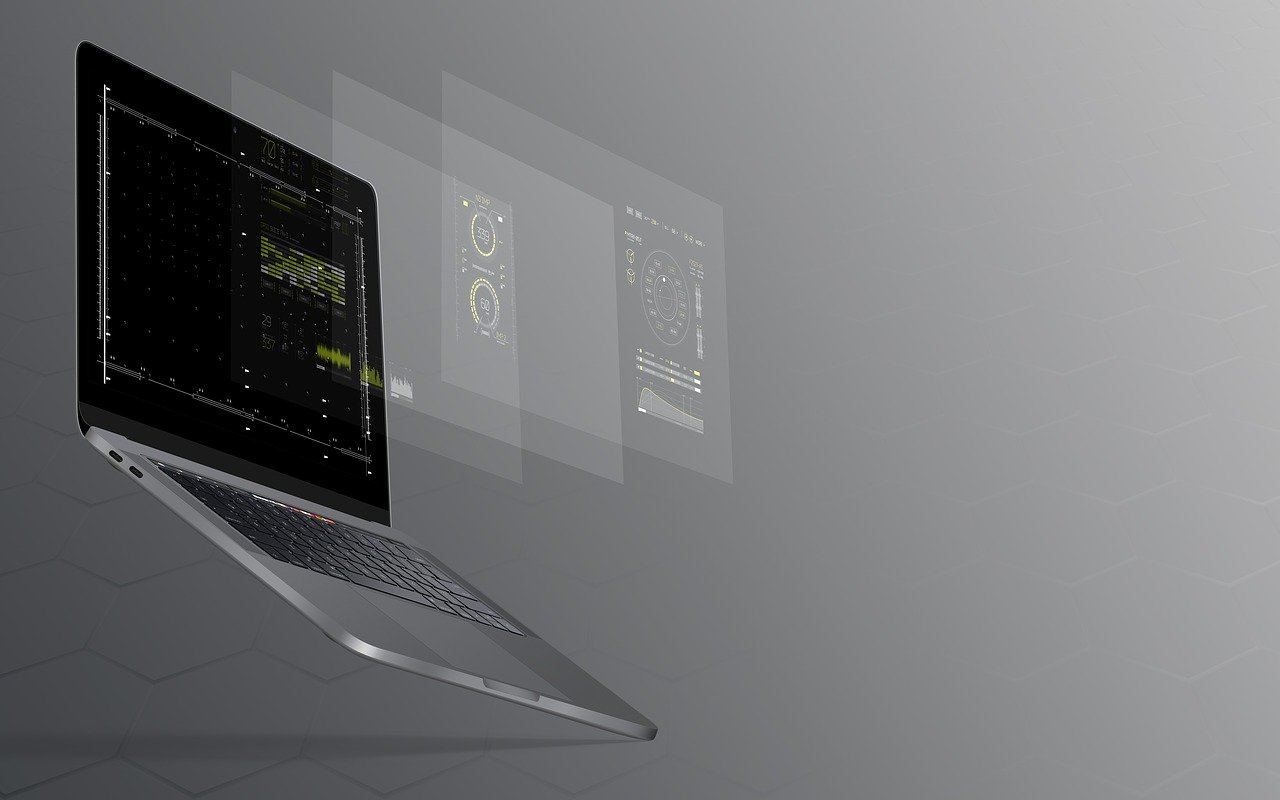What is Invoice Data Capture? Methods, Examples and Techniques

What is invoice data capture? Methods, examples and techniques
There is no denying it; data is the most essential resource to us in today’s digital world. And often, the success of a business relies on how accurately they are able to collect, handle and use their data.
One process, in particular, that is increasingly relying on automation tools is invoice capture. This is crucial not just for increasing the efficiency of your payments but also for analysing sales, spending, and predicting your company’s growth.
One of the most essential processes that an accounting team has to deal with is invoice data capture. After all, delayed replies, late payments and impeded processing can really damage relationships with vendors and third parties.
But unfortunately, too many businesses still rely on manual data capture for this. And this can really slow them down and lead to potential errors.
What’s more, they no longer have to work this way! Invoice data capture solutions have been created to optimise and speed up this important business process.
So if any of this is sounding familiar, this guide is for you. Below, we’re going to take a look at:
- What invoice data capture is
- The benefits of invoice data capture and why you need this software
- The different methods of invoice data capture
- Examples of how invoice data capture tools are used
So, let’s dive in.
What is invoice data capture?
Let’s start by looking at what invoice data capture actually is.
Invoice data capture is one of the most critical stages of the accounts payable process. It is the process of capturing the key data from invoices, then validating this extracted information, organising it and finally, storing it.
The traditional way of extracting this data from invoices is going through these manually and having a human input all this information into accounting databases, softwares, etc.
But now, as businesses continue to embrace automation and data capture tools, invoice data capture solutions are able to make this process much more efficient.
What are the benefits of invoice data capture and why do you need this software?
If you’ve grown tired of extracting data manually from tonnes of invoices every month, you might be considering invoice data capture software. However, as these require a certain amount of investment, you might be wondering if they’re really worth it.
Well, there’s good news. Below, we’ve pulled together a list of the top benefits of invoice data capture software, so you can see why you need these tools in your business. These include:
Boosting efficiency
As we said, manually extracting and entering data takes a lot more time and effort. However, invoice data capture software allows you to upload invoices in bulk. What’s more, many of these tools are able to handle unstructured data and use machine learning to continue understanding new formats.
All of this can massively speed up the process of data capture and make this task even easier. This also means payments will go out quicker, which is good news for everyone.
Reducing manual labour
This software also reduces the need for manual labour. This means that employees can spend their time on more high-value tasks.
They may only need to get involved if they have to check any data which is flagged or to authorise payments over a certain amount.
But either way, they won’t need to do so much labour-intensive, manual work. Which means they are free to focus on more important responsibilities.
Cutting costs
All of the above contributes towards cutting the costs to your business. Think about it; invoice data capture software could reduce the need to hire extra accounting staff.
What’s more, with employees able to dedicate their time more wisely, they can focus on the tasks that help to add value and bring in more money to the business.
For increasing accuracy
Finally, one of the key benefits when handling financial data and payments is accuracy.
After all, we are only human, and manual data entry can take its toll. This can lead to mistakes. Something which is bad news when handling such important and sensitive information.
Not to mention it could lead to the wrong payments being made.
Sophisticated softwares drastically reduce this risk of error, giving more peace of mind to the accounts team.
What are the different methods of invoice data capture?
We’ve briefly mentioned some of the different methods for invoice data capture in passing, but we’re now going to break these down further and look at them in more detail.
Typically, there are four different methods for invoice data capture, and these are:
1. Manual keying
We’ve already mentioned manual keying as the original method for invoice data capture. This is the most basic and time-consuming method and, as we said, can leave more room for human error.
Though this may feel like the cheaper option and is usually where most businesses start, it can actually work out more expensive in the long run.
2. Optical Character Recognition (OCR)
Optical character recognition is one of the most commonly used technologies for invoice data capture.
This is because these tools are able to extract characters, numbers, letters and symbols from different invoice formats. This includes unstructured documents such as Word documents, PDFs, JPEGs, email etc.
This is why OCR has become an essential part of invoice data capture software.
That being said, it does require that the raw data extracted is arranged by a person, so there is manual work involved. However, this still works far better and faster than manual keying.
3. Intelligent invoice capture
Machine learning (ML) and artificial intelligence (AI) have revolutionised invoice data capture.
A combination of these two technologies with OCR creates a tool that is able to give the most accurate and speedy results.
These intelligent data capture solutions do more than just data scanning and extraction. They are also able to sort the invoices and export data into Excel spreadsheets for further processing.
4. Outsourcing your invoicing process
Last on the list is outsourcing, which many people choose to do. This is the method of sending all your invoices to a third party to be sorted.
However, a lot of the time, the supplier will use manual invoice data capture, so though you don’t have to deal with the stress of processing the invoices yourself, it can still be a more time-consuming process.
What are some examples of how invoice data capture tools are used?
In order to help you get a better understanding of the real-world applications of these types of tools, we’ve pulled together a few use cases for invoice data capture systems below. These include:
Business expense management
By using invoice data capture tools to extract key fields from invoices, businesses such as fintechs or banks can offer a better experience to their customers. They do this by finding the best route from sales invoices to cash.
Personal finance management
By quickly pulling data from your invoices, you can better analyse your spending. This can be useful to individuals who may have access to these tools, as well as banks which could be advising customers on their finances.
Ultimately, invoice data capture tools can be used to provide context to spending to allow people to better optimise their finances.
Accounts payable departments
As we’ve already said, accounts payable teams across a range of industries rely on these tools to help them streamline their invoicing process. Often, one of the goals of any business is to encourage a high-performing accounts department, and invoice data capture software makes this possible.
Automated invoice payments
As the world goes increasingly mobile, more businesses are using automated invoicing tools to make a payment from an email context or even from a smartphone picture. This is done by capturing bank account, amount, sender and message.
This is likely to be even more important in the future as people expect more instant results.
Make your invoicing process more efficient with better invoice data capture
If you’re considering which areas of your business you should upgrade this year, make your invoicing and accounts process one of them.
Thanks to invoice data capture tools, you can now ditch these time-consuming manual tasks and get software in place to help make this important business function a lot more efficient.
What’s more, you could also save your business more money in the long run whilst simultaneously empowering your accounting team to take back control of their workload.
There are a number of invoice data capture methods that you can choose from. That said, it’s clear that smarter tools that incorporate AI and machine learning can be the most freeing.
So if you do just one thing to your business this year, use data capture tools to automate your invoice processing.
Related posts
If you’d like to know more about data capture methods, solutions and more, you can check out more information in our useful guides below:

